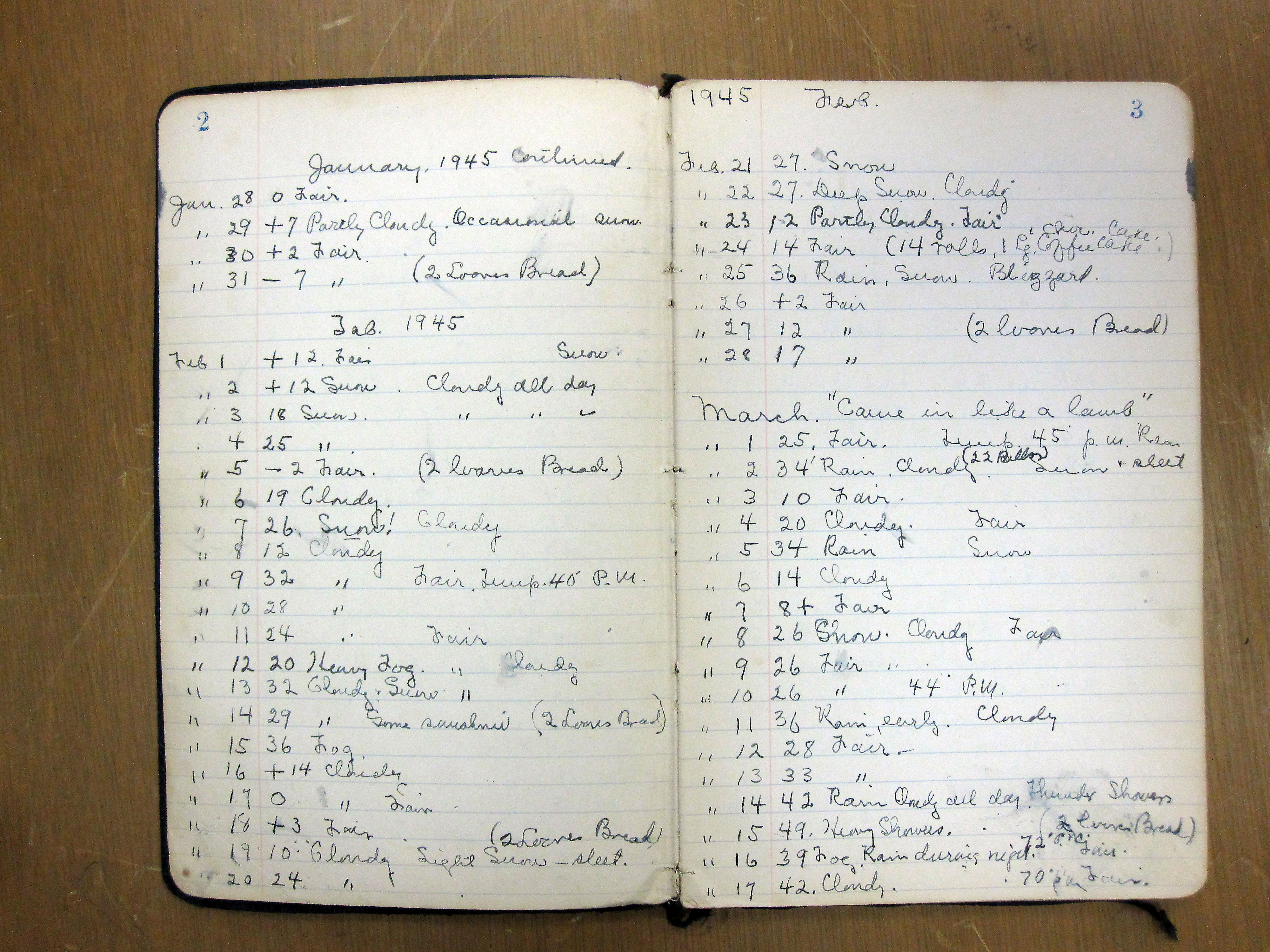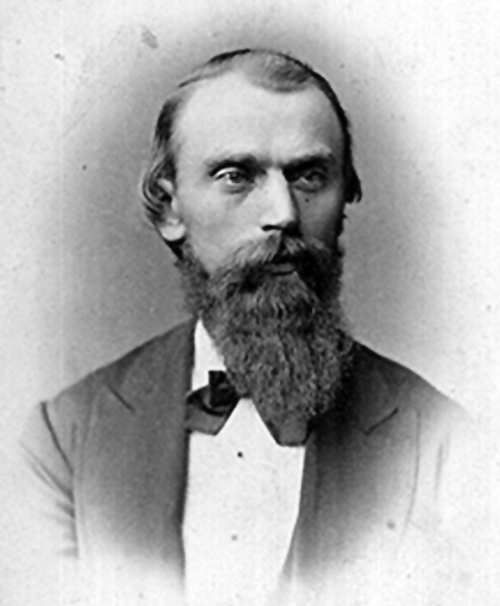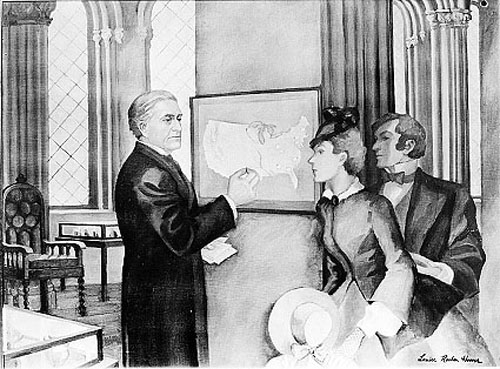Weather Observers, Citizen Scientists
Black Hawk County, Iowa
Abigail Weaver

Weather, both the everyday occurrences and the extraordinary events, is central to the lives of Iowans, and people throughout the United States and the world. Recording the weather is used as a way to keep track of patterns, and to help remember specific events.
Kate Dietrich, a woman who lived in Black Hawk County, kept a weather diary for thirteen years from 1945 to 1958. She dutifully recorded the date, temperature, and included a brief description of the conditions every day. At the beginning of her entries for March 1945 she noted, “came in like a lamb,” rather than ‘in like a lion’ as the popular saying predicted. The rest of March 1945 entries consist of a mix of temperatures, and descriptions such as ‘fair’ and ‘rain’.
Page after page of one-line weather records follow, each looking similar until something truly unusual happened as on February 16, 1951 when she wrote that the temperature was thirty degrees, rainy, and, instead of a brief one-word description, includes “no bus service taxi for emergency only. Thick coat of ice – ½ – 6 ¾ wide over everything.” After 1958, her weather diary continues in a different handwriting, Kate Dietrich must have convinced someone else to record her observations for her. Whether the weather was uneventful or not, Kate Dietrich’s diary suggests that she felt the importance of keeping a record over the long haul.

Kate Dietrich’s twentieth-century Iowa weather diary is similar to those of participants in the Smithsonian’s meteorological project begun in 1849.Observers all over the country sent in telegrams recording the weather in their hometown to help the Smithsonian’s first Secretary, Joseph Henry, create a daily weather map of the United States. The observers, five hundred in all by 1860, submitted monthly weather reports that are compiled into an 1861 report about climate data and storm observations.
The daily weather maps that Henry created beginning in 1856 could be viewed at the Smithsonian Castle in Washington, D.C. The telegraph allowed weather data to be collected quickly from all throughout the country, and this gathering of data led to weather forecasting. Thus the development of the telegraph, tested first in 1844, and a network of local observers laid the foundations for the creation of the National Weather Service that now issues warnings for floods and other severe weather patterns throughout the country.
The importance of the weather to Iowans, especially those involved in agriculture, led to the creation of the Iowa Weather Service in 1875 by Dr. Gustavus Detlef Hinrichs, the first state and weather crop service anywhere in the United States. Public interest in the weather helped the Iowa Weather Service thrive as Hinrichs used his own money, donations from citizens, and volunteers to purchase equipment and run the organization until the state provided funding in 1878. By 1958, the Iowa Office of the National Agricultural Service was issuing statistics on precipitation, temperature, and crop progress in its weekly Crop Progress and Condition Report. The statistics included in the report are very similar to the kinds of information that Kate Dietrich recorded in her weather diary.

The volunteers, the telegraph, and weather diaries together turned ‘citizen science’ into valuable data and sometimes even life-saving information near to home and far away. All of the field work and data have also helped researchers throughout the globe study climate change, butterfly migration, and many more global patterns.
Citizen science and weather are closely tied together, especially in Iowa. An interest in the everyday weather pattern is crucial to agriculture, and Iowans have responded by working to make sense of the weather they faced every day. In the past, farmers sent information to the Office of the National Agricultural Service to provide data for the weekly crop report. Many other Iowans, like Kate Dietrich, made sense of the weather by recording their own personal observations in weather diaries.
